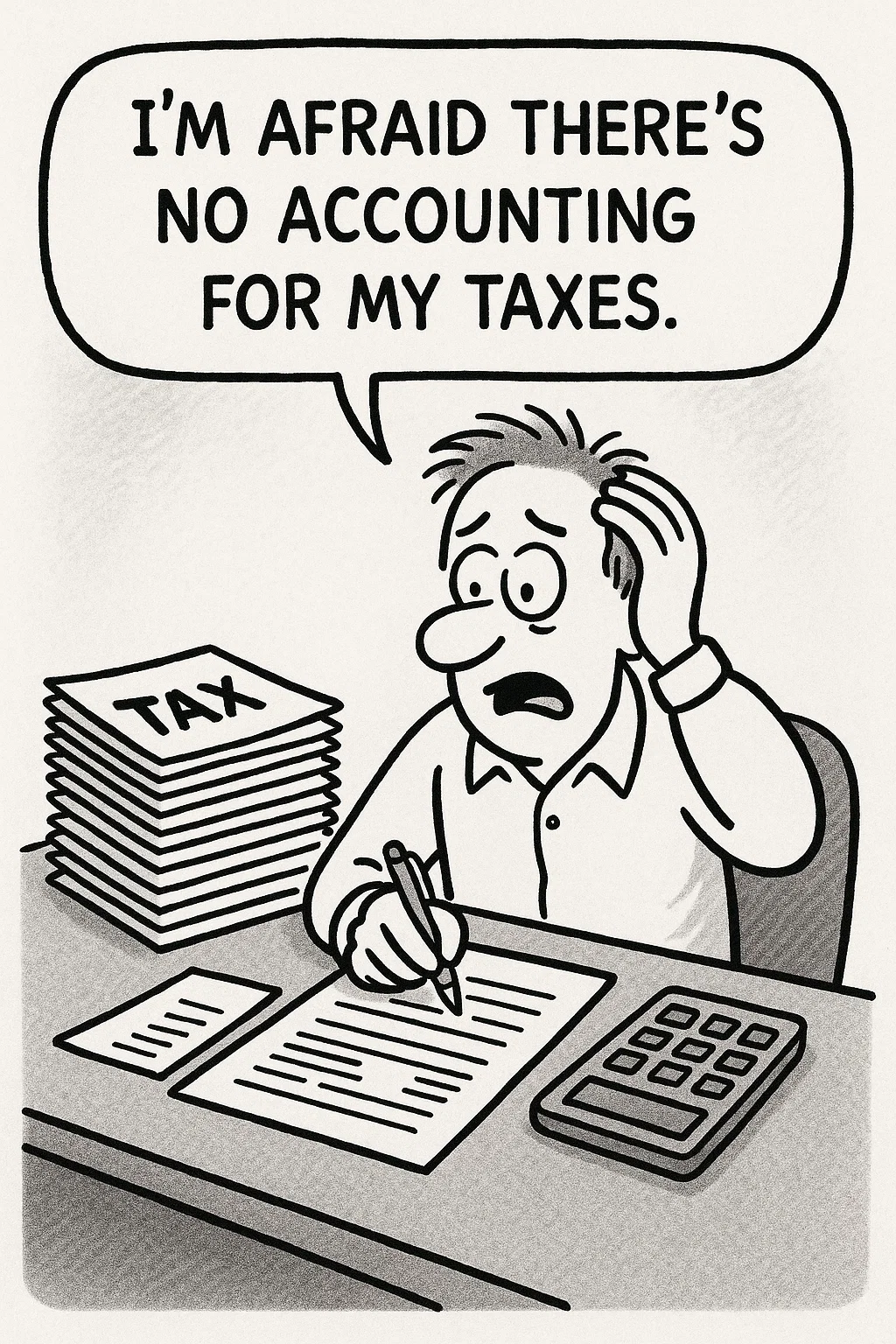“Priya,” Rohan began, looking somewhat pale. “Last month was a wake-up call. Our main machinery broke down unexpectedly, and simultaneously, a large client payment got delayed. We almost ran out of cash to pay salaries and suppliers! We scraped through, but it made me realize how vulnerable we are. What’s the secret to building a buffer, a true financial safety net for SMEs? How do I create a reliable business emergency fund in India?”
Priya nodded, understanding the stark reality of unforeseen business challenges. “Rohan, you’ve just highlighted one of the most critical aspects of robust financial resilience for SMEs. Just as individuals need an emergency fund, so do businesses. A dedicated cash reserve for small business in India isn’t just a good idea; it’s a non-negotiable ‘Smart Money Move’ that acts as your shock absorber against market volatility, unexpected expenses, or sudden revenue dips. It’s the cornerstone of effective contingency planning for businesses in India.”
Rohan looked relieved. “So, it’s like a rainy-day fund, but for my company?”
“Exactly,” Priya affirmed. “It protects your business from being forced into desperate measures like taking high-interest loans, defaulting on payments, or laying off staff during challenging times. It’s about proactive business liquidity management.”
Why a Business Emergency Fund is Non-Negotiable for Indian SMEs
Priya explained the compelling reasons why every business needs a strong financial buffer:
- Navigating Economic Downturns: “The recent global events, like the COVID-19 pandemic, starkly demonstrated how quickly revenues can plummet. Businesses with adequate reserves were far better positioned to survive.”
- Managing Unexpected Expenses: “Machinery breakdowns, urgent repairs, unforeseen legal issues, sudden software licensing costs – these can cripple a business without readily available funds. This is key for managing unexpected business costs.”
- Cushioning Revenue Dips: “Seasonal slowdowns, loss of a major client, or delayed payments from customers can create significant cash flow gaps. An emergency fund fills these gaps without resorting to high-cost borrowing.”
- Avoiding High-Interest Debt: “Without a buffer, you might be forced to take quick, high-interest personal loans or unsecured business loans during a crisis, exacerbating your financial burden.”
- Maintaining Operational Continuity: “Ensures you can continue paying salaries, rent, and essential suppliers even when cash flow is tight, protecting your team and your reputation.”
- Seizing Opportunities: “Sometimes, a crisis can also present unexpected opportunities. A strong emergency fund can provide the capital to pivot, invest, or acquire distressed assets.”
Rohan’s Guide: Building Your Financial Safety Net for SMEs
Rohan, now completely onboard, meticulously outlined his plan for establishing a solid business emergency fund in India, guided by Priya’s expert advice:
- Determine Your Target Amount (The 3-6 Month Rule):
- “I need to calculate my essential monthly operating expenses – salaries, rent, utilities, loan EMIs, critical supplier payments, and essential raw material costs. I’ll exclude discretionary spending.”
- “The goal should be to build a cash reserve for small business in India equivalent to 3 to 6 months of these essential expenses. For volatile industries, aiming for 6-12 months might be safer.”
- Smart Move: Create a detailed list of non-negotiable monthly outflows. This gives a concrete target for your business liquidity management.
- Set Up a Dedicated, Separate Account:
- “This fund must be kept completely separate from my daily operating account. It prevents accidental spending and ensures the money is truly reserved for emergencies.”
- “I’ll look for a high-yield savings account or a sweep-in fixed deposit account that automatically transfers excess funds from my current account into a fixed deposit, while keeping them liquid for emergencies.”
- Smart Move: Separation is crucial for discipline and clear contingency planning for businesses in India.
- Fund it Systematically (Treat it as an Expense):
- “Just like I pay my suppliers, I need to ‘pay’ into my emergency fund. I’ll set up automated monthly transfers from our operating account to the emergency fund account.”
- “Even small, consistent contributions add up over time. I’ll start with a small percentage of monthly profits or even fixed monthly contributions.”
- Smart Move: Automate the process to ensure consistency and prevent procrastination.
- Identify Funding Sources & Optimize Savings:
- “A small percentage of quarterly or annual profits.”
- “Cost savings from efficiency improvements (e.g., negotiating better supplier deals, optimizing utility usage).”
- “Selling idle assets or non-performing inventory.”
- “Delaying non-essential capital expenditures until the fund is robust.”
- Smart Move: Reviewing expenses regularly can uncover opportunities to free up cash for the fund.
- Review & Replenish Regularly:
- “I’ll review the fund’s size and my essential expenses at least annually. If the business grows or faces new risks, the target amount might need adjustment.”
- “If I use the fund during a crisis (for managing unexpected business costs), replenishing it immediately becomes the top financial priority.”
- Smart Move: Make fund review a part of your annual financial planning session.
- Invest Wisely (Prioritize Liquidity & Safety):
- “The primary goal of this fund is liquidity and safety, not high returns. I won’t invest it in volatile assets like stocks.”
- “Good options include short-term fixed deposits, ultra-short-term debt mutual funds (with careful risk assessment), or sweep-in fixed deposits.”
- Smart Move: The money must be easily accessible when an emergency strikes, without significant loss of value.
- Define “Emergency” Clearly:
- “I’ll establish strict criteria for when the fund can be tapped. It’s for true emergencies like sudden breakdowns, natural disasters, or major client defaults, not for expanding operations or covering regular business expenses.”
- Smart Move: Having clear rules prevents premature or unnecessary depletion of the fund.
“This guide on business emergency fund in India makes it clear: it’s not a luxury, it’s a fundamental pillar of stability,” Rohan declared, feeling a profound sense of security.
“Exactly, Rohan!” Priya affirmed. “Building a robust financial safety net for SMEs is a transformative ‘Smart Money Move.’ By diligently implementing this contingency planning for businesses in India, you ensure critical business liquidity management, prepare for managing unexpected business costs, and ultimately foster profound financial resilience for SMEs, allowing your business to weather any storm and emerge stronger.”
Is your Indian SME looking to build a robust business emergency fund and establish a strong financial safety net? Do you need expert guidance on contingency planning for businesses, effective business liquidity management, or managing unexpected business costs to achieve financial resilience? Visit 21degrees.in and let our seasoned financial advisory team help you assess your needs, define your emergency fund strategy, and build a secure financial future for your business.




